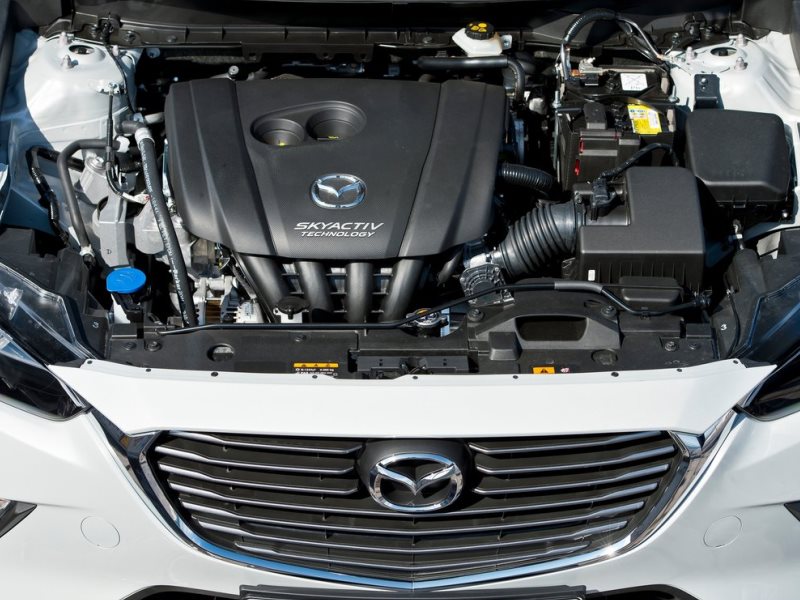Recent Articles
Popular Makes
Body Types
10 Reasons Mazdas Are so Much Fun to Drive
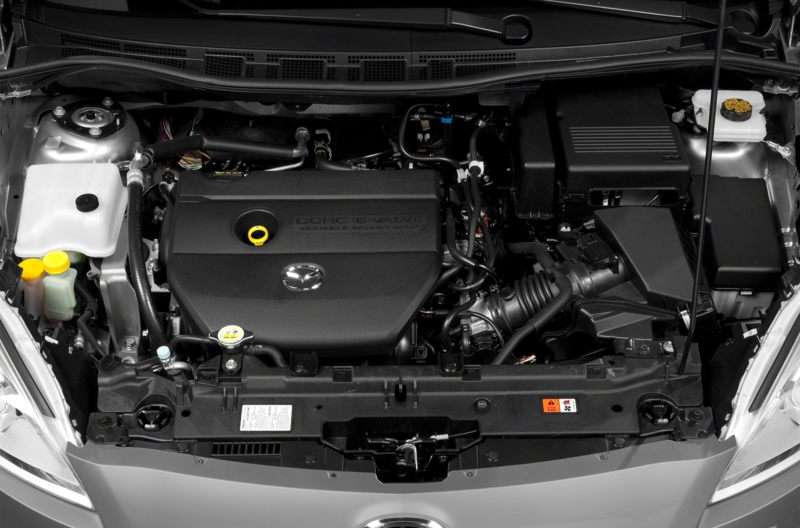
You likely know Mazda as the company whose tagline goes; “Zoom-Zoom”. With the all-new Miata serving as the marque’s halo car, every Mazda is designed with the driver in mind. Mazda is indeed a car company at which driving matters. The net result is the company’s cars are all quite fun to drive. Narrowing it down to why this is the case can be tough. However, here are 10 reasons Mazdas are so much fun to drive.
Mazda Employees Love to Drive
Chief among the ten reasons Mazdas are so much fun to drive is the people who work at Mazda love to drive. Because of this, they build cars they’d enjoy driving. While the mechanicals definitely play a role, seemingly disparate details like the design of the interior matters too. For this reason, Mazda’s interior designers make every effort to craft an environment capable of inducing the urge to drive. A good example of this can be found in the new Miata. If you look carefully, you’ll note the layout of the interior induces the impression of forward motion. This has the effect of subliminally encouraging an individual to drive the moment they settle into the driver’s seat. Further, because the design wraps around the driver, it imparts feelings of both security and control. In sum, the interior design of the new MX-5 simultaneously generates feelings of excitement, adventure, security, and control. Each of these are among the essential elements of driving pleasure.
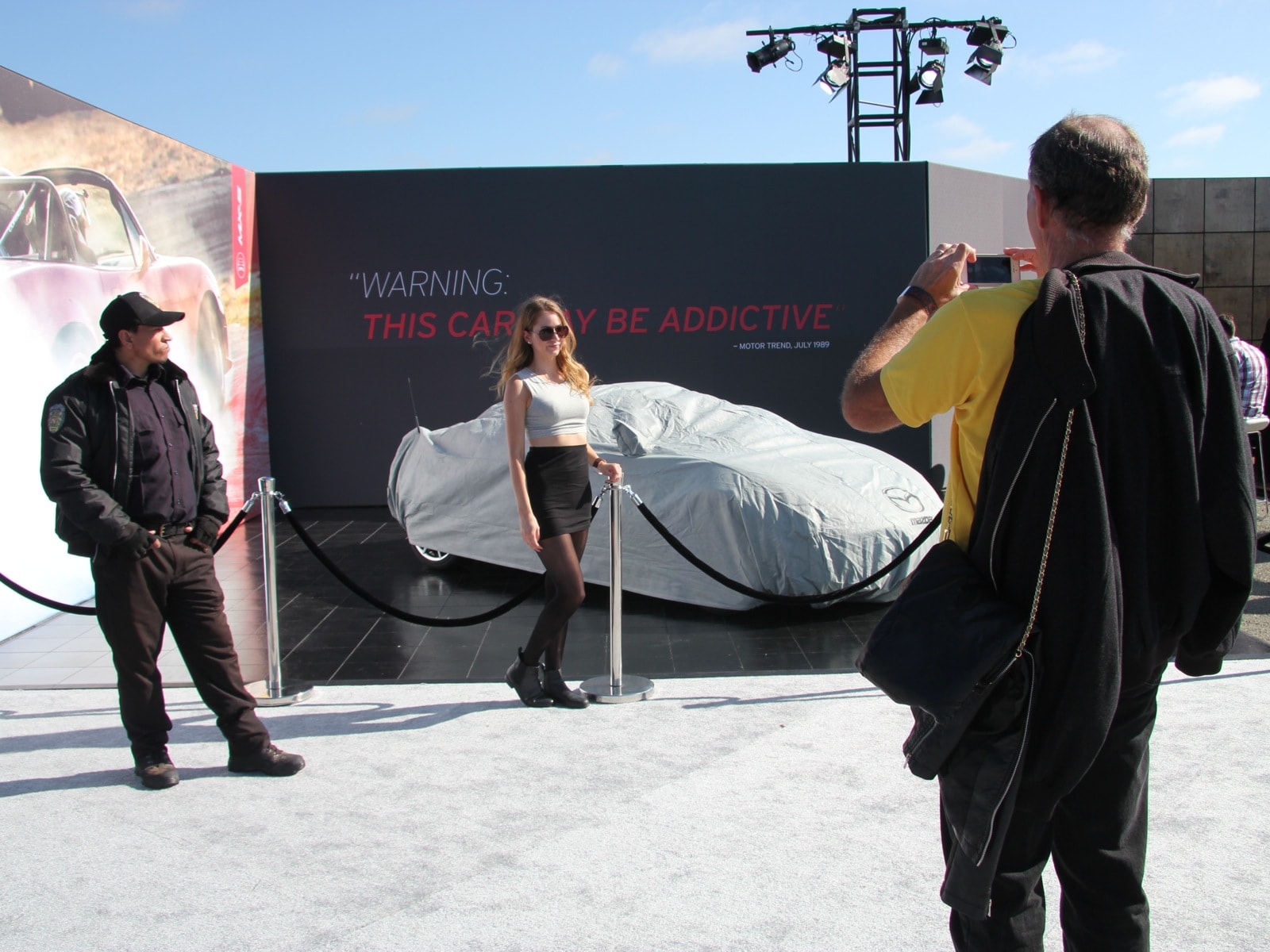
Jinba Ittai
Roughly translated, the Japanese phrase Jinba Ittai means person and horse as one body. It refers to a sense of oneness typically achieved between a very good horse and a really strong rider. On the run, it’s as if the rider’s mind is hardwired into the horse, which in turn, seemingly responds to the rider’s thoughts. One of the ten reasons Mazdas are so much fun to drive; embracing Jinba Ittai means Mazdas are capable of handling as if they were directly connected to your being. At racing schools, students are frequently taught the car goes where they are looking. Because Mazda cars are built to be especially responsive to control inputs; when you’re driving them, they seem to go where you’re thinking. With, Jinba Ittai, the car becomes an extension of your legs, arms, feet, and hands.
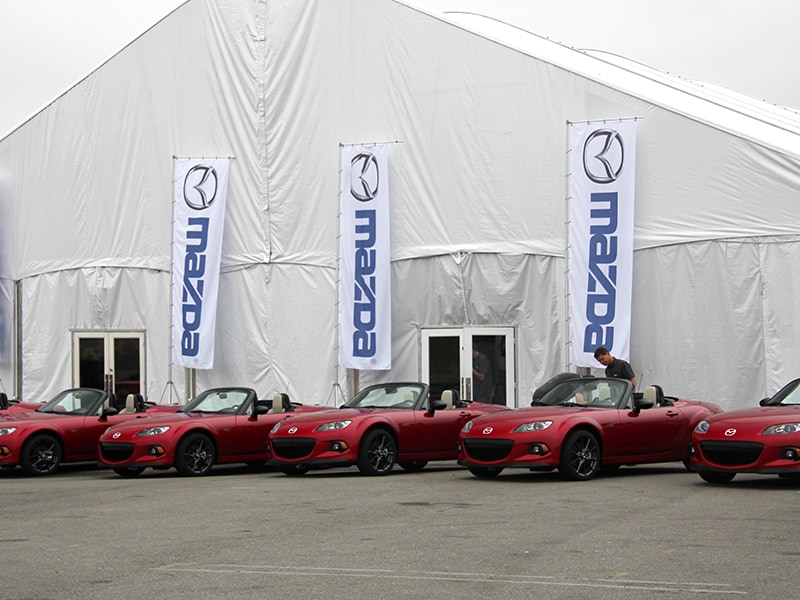
Design Synergies
When the new Mazda3 was being conceived, the various teams responsible for developing separate areas of the car were in constant communication with one another. The permitted developmental synergies between the engineering teams. As an example, because the chassis engineering team knew the steering team was going with electric power steering, they could specify a geometry for the front suspension system calibrated to best take advantage of the prescribed system. While the geometry they came up with is quite unusual, it increased steering feel and improved handling. This directly led to making the new Mazda3 more fun to drive.
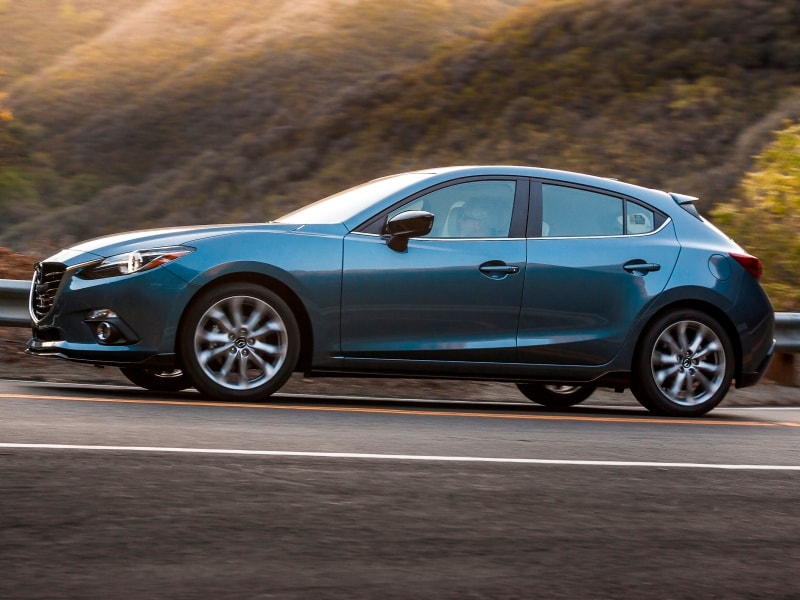
Value For The Dollar
If you look carefully at the spec sheet for any of Mazda’s models, you’ll see they offer an abundance of standard features. This alone makes them outstanding values. However, Mazda’s product planning teams then go a step farther and present optional equipment you generally won’t find at their price point. For example, the Mazda3’s options list contains features like adaptive high-intensity headlights, smart cruise control, and even a head-up display. These are the kinds of features you’ll generally encounter only in cars with significantly higher price tags.
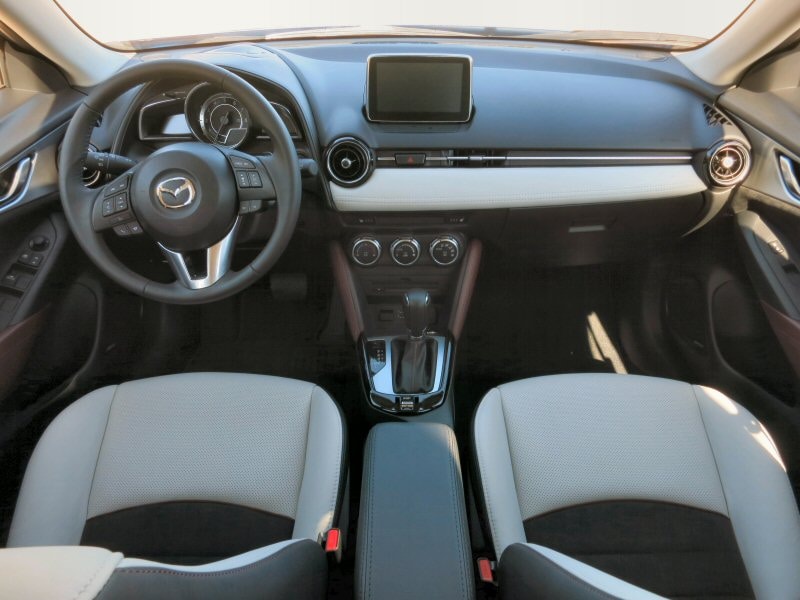
Photo by Benjamin Hunting
The Rotary Engine
While Mazda’s current lineup relies heavily upon conventional piston engines, the company is best known for being successful at making the rotary engine work in mainstream series production automobiles. The company began experimenting with Felix Wankel’s design in 1963. By1970, the first Mazda rotary-powered car was offered in the United States. Ultimately, this culminated in one of the most coveted series of sports cars the world has ever known. Mazda’s RX-7 enjoys near-cult status, and arguably single-handedly established Mazda as a performance-oriented brand. While Mazda’s current halo model is the piston-engined MX-5 Miata, it is also the world’s favorite two-seat sports car. Further, Mazda has just shown a lovely two-door coupe, which well looks as if it will house the latest iteration of Mazda’s rotary engine. This continued dedication is but one of the ten reasons Mazdas are so much fun to drive.
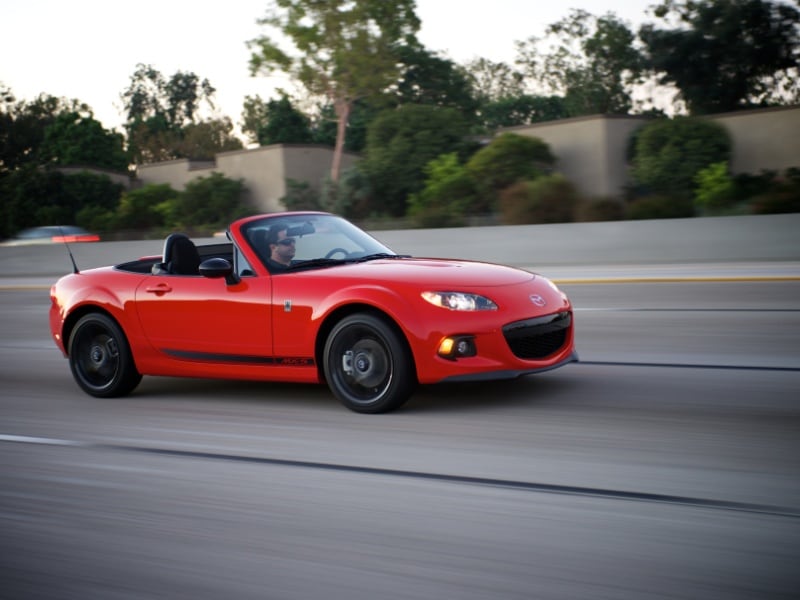
Racing Heritage
Mazda racing cars have a long history of outstanding success in a wide variety of categories. In fact, the Mazda RX-7 enjoys the status of being the most successful car to ever compete in the International Motorsports Association (IMSA) GTU category. Rotary-powered Mazdas won the IMSA GTU championship seven years in a row, starting in 1979. Further, the RX-7 also dominated the IMSA GTO class for 10 years in a row, starting in 1982. The result being the Mazda RX-7 has won more IMSA races than any other car model. Mazda can also the claim the distinction of being the only Japanese car company to ever win the 24 Hours of LeMans endurance race; thanks to the performance of its 787C Group C prototype racer in 1981. This heritage is definitely one of the 10 reasons Mazdas are so much fun to drive.

Mazdaspeed
Another of the ten reasons Mazdas are so much to drive is the company’s Mazdaspeed in-house performance division. The Mazdaspeed group develops higher performing production models and crafts performance parts and accessories for Mazda automobiles. The group has been around since 1967, when it was founded as an independent racing team called Mazda Sports Corner. Mazda brought the organization under its corporate umbrella in 1983, and renamed it Mazdaspeed.
In fact, the Mazdaspeed group was responsible for campaigning the LeMans-winning 1981 787B. The car was so good the FIA outlawed the Wankel engine the following year. Mazda assumed complete control of the group in 1999. The first production Mazdaspeed model debuted in 2003—as the Mazdaspeed Protegé. A year later, the group released the Mazdaspeed MX-5 Miata with a power bump to 178 horsepower from 142. Other Mazdaspeed models have included the Mazdaspeed6 and the Mazdaspeed3.

Mazda Raceway Laguna Seca
One of the advantages of sponsoring a world-class racing facility like Mazda Raceway Laguna Seca in Monterey, Calif. is having it available for product development and employee training. It is also one of the ten reasons Mazdas are so much fun to drive. Built in 1957, Laguna Seca is well established as one of the premier road-racing tracks in North America. Worldwide, it is mentioned in the same breath with other historic tracks such as Le Mans, Indianapolis, Monaco, and Road America, to name but a few. With this association, Mazda became the first auto manufacturer to become the title sponsor of a major motorsports facility—anywhere in the world. In addition to the rights to use the track, having its name associated with such a renowned facility puts considerable pressure on the engineering team to ensure each Mazda product delivers upon the driving pleasure expected from a brand whose name is associated with such a hallowed facility.
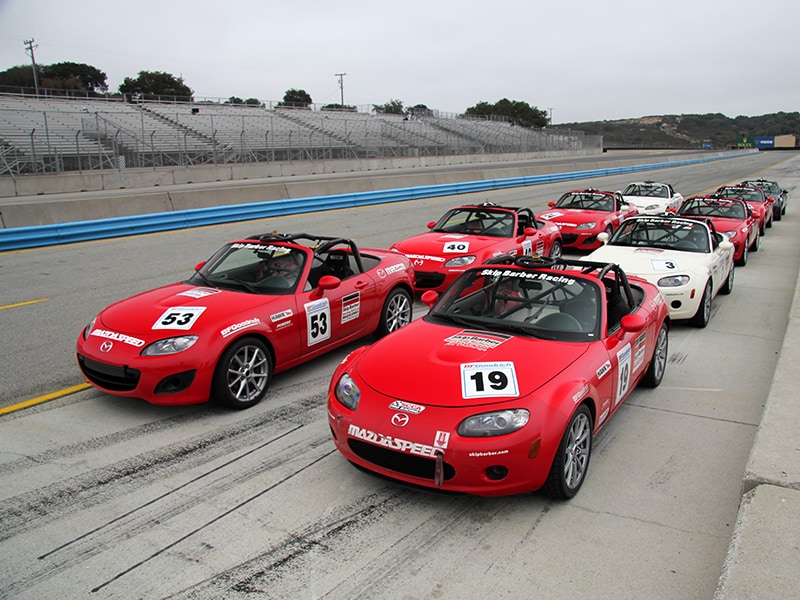
Defiance of Convention
Mazda is the only automobile manufacturer to successfully market the Wankel rotary engine. Many other car builders tried, but were ultimately unsuccessful in their efforts to make it reliable enough to put into production. Today, the Mazda RX-7—and the racing cars derived from it—are among the most coveted automobiles of all time. Small, light, and exceptionally powerful, the Mazda rotary engine is also one of the world’s most durable powerplants. Similarly, when Mazda introduced the MX-5 Miata, the marketplace had all but given up on small, lightweight two-seat roadsters. It was thought demand for them had faded away. However, the team at Mazda realized the true concern people had with the roadsters of the time was the fact they were patently unreliable. Capturing the essence of what drivers loved about the classic roadster and infusing it with rock-solid reliability—along with playful good looks and exceptional driving characteristics—reawakened what was thought by others to be a defunct segment of the marketplace.

Smart Engineering
If you go just by the spec sheets, you might be tempted to think Mazda’s cars are underpowered. But then, when you take note of their power to weight ratios, you’ll realize they are quite adequately powered, and more than capable of delivering upon the Zoom-Zoom promise of the brand’s tagline. Consider the Mazda6; its 2.5-liter SKYACTIV four-cylinder engine makes 184 horsepower and 185 ft-lbs of torque. In the days of 300-horsepower family sedans, this might sound rather paltry. However, the four-door sedan weighs less than 3,200 pounds, and even though it uses a front-wheel drive powertrain it’s weight distribution is such that the car remains balanced even with passengers and full load of fuel on board. The Mazda6 is also one of the few four-door family sedans to offer a manual transmission. This enables the driver to take full control over the powertrain, and is absolutely one of the ten reasons Mazdas are so much fun to drive.
